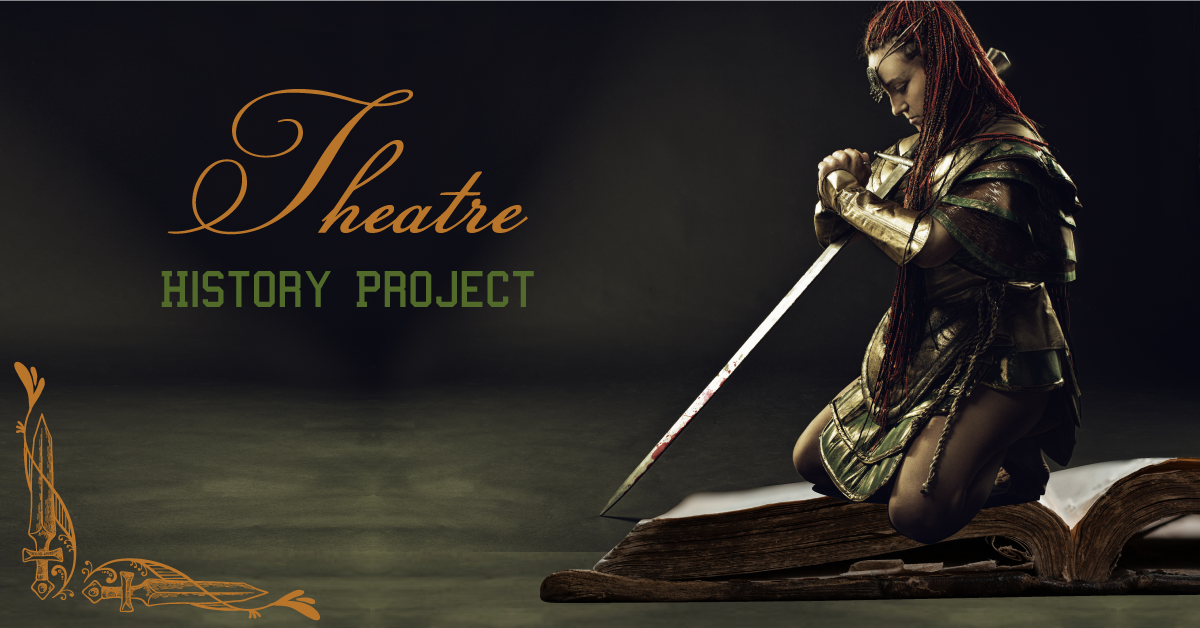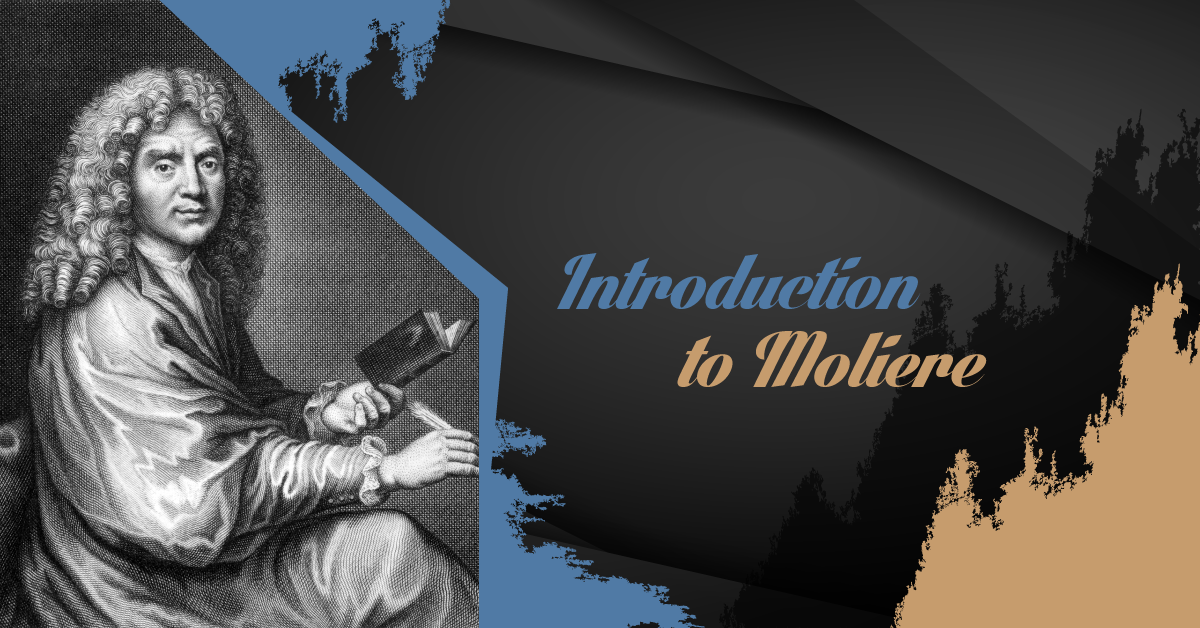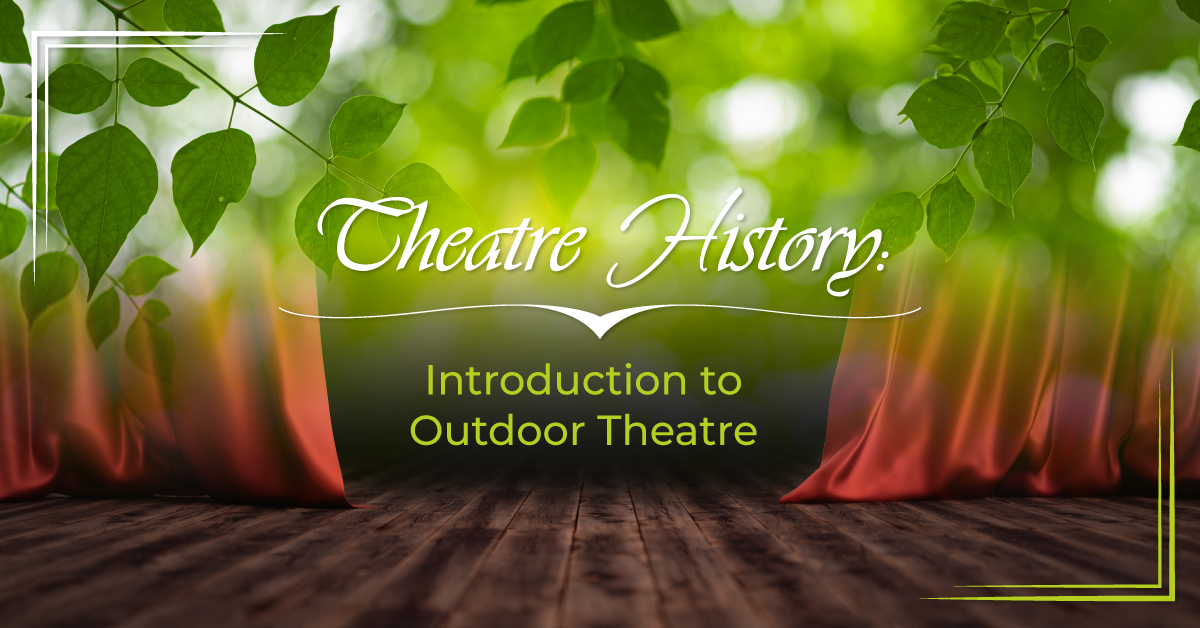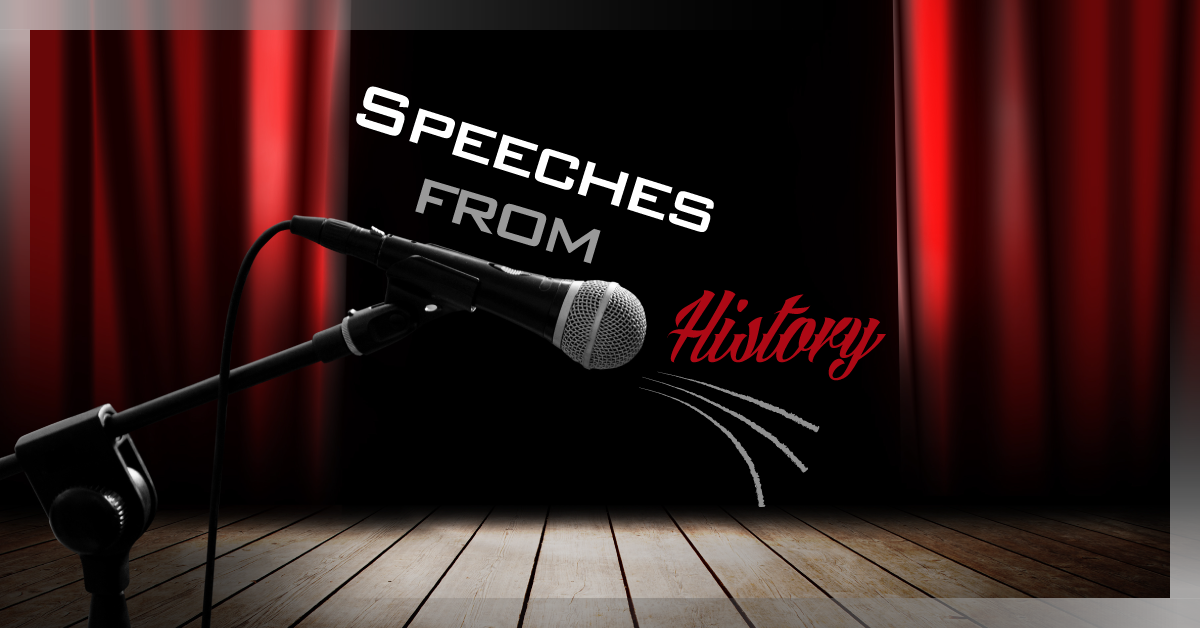The Three-Dimensional Theatre History Project
Theatre History is a necessary unit in any drama curriculum. To understand where we are, we have to explore where we’ve been. For example, to understand the role of the actor, it’s important to know that there was a specific point when Thespis (according to lore) stepped out of the ancient Greek chorus and began speaking individually.
But the danger with a theatre history unit is that you might slide into a pool of data, stats, and facts. In an age where information is at our fingertips, it’s not necessary to memorize in order to learn. We don’t need to know the year Thespis won his first competition because it’s a two-second Google search away. The 21st century student is fully aware of this and thus it’s become more and more difficult to get today’s students to connect to the distant past.
Furthermore, the drama class is more than pen and paper. In the drama classroom, we approach topics in a three-dimensional fashion. We don’t just read Shakespeare, we breathe life into the plays through performance.
The question then becomes: “How do we approach Theatre History in a way that avoids plotting dates on a timeline?” “How do we explore theatre history in a theatrical context – make it active, alive, and three-dimensional?”
The Three-Dimensional Theatre History Project
Objective: To have students research a theatre history era from which they will demonstrate comprehension, apply knowledge, and design an original activity.
Description: Students will work in groups to research an era of theatre history from a specific perspective. From their research, students will prepare an oral presentation which includes a power point, and a short performance. Lastly, they will design an activity based on their era for the entire class.
Instructions:
1. Divide students into groups and either have them choose or assign a theatre history era.
2. Give students a set time limit to research that era.
3. Each group will need to define the focus of their presentation. That way, instead of an overly general presentation, groups will present the information from a specific viewpoint. For example, have them examine three playwrights from the same era and explain why they are important to that era (eg: Shakespeare, Marlowe, Jonson). Or have students pick three plays from the same era. Or have them come up with an essential question for their project, like “How does Shakespeare’s audience compare and contrast with the 21st century theatre audience?”
4. Oral presentations should be 10 minutes long. Every member of the group must speak during the presentation. A power point should be included as part of the presentatio. What visuals can groups include to portray their focus? Remind students that their presentation should not be a list of facts, but an exploration of their specific focus.
5. As part of their 10-minute presentation, groups will include a performance. It could be a scene from one of the plays of the era. It could be a modern scene that illuminates their focus. (For example: What was it like to be a groundling in Shakespeare’s day?) It could be original monologues from the perspective of individuals from the era. The point is to bring life to the era and to demonstrate comprehension of the era beyond the basic facts.
6. After the presentation, each group will teach a 5-minute activity to the entire class. It could be a modern game that is adapted to suit an element of the era. (For example: Use the principles of the game Huckle Buckle but come up with actions that fit the Globe Theatre – say “Huckle Buckle groundlings” and have everyone run to their partner and lie flat on the ground.)
Notes:
This is a three-week project. It will take students time to extend traditional research beyond an expression of mere facts and data. You will need to check in with the students consistently to make sure they are working and that tasks are distributed equally throughout the group. Emphasize to each group that part of their mark will be derived from acting tips and techniques they have learned in other units: projection, articulation, stage presence, self-confidence, and physical action.



